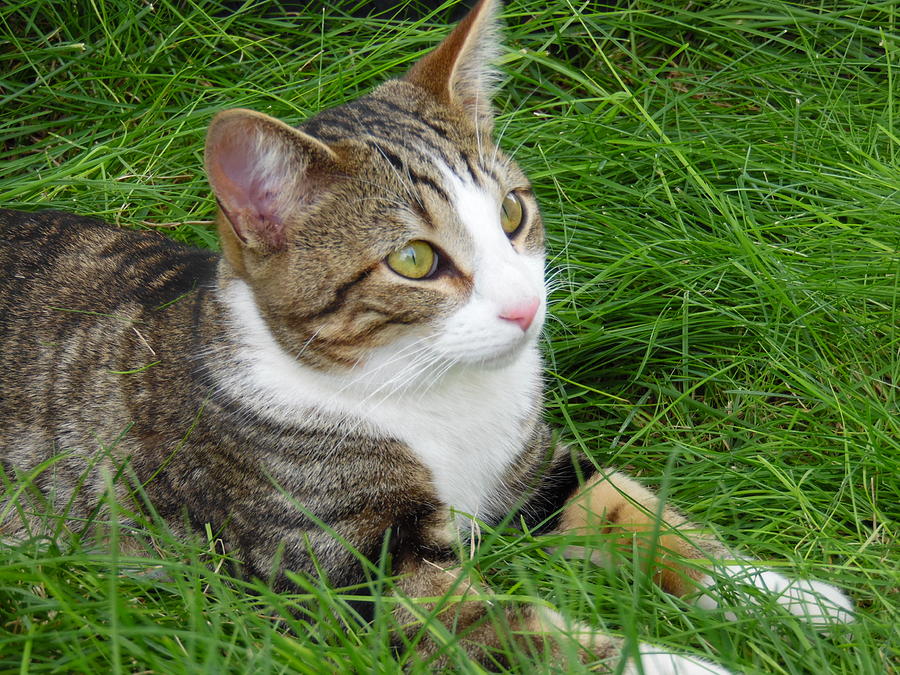

However, there are few genetic studies of small, isolated populations in which change in appearance is associated with trackable genetic variants. The small gene pool means that rare or harmful genetic variants are more likely to become prevalent in such populations, compared to populations with open gene flow. Inbreeding in small, isolated populations leads to low levels of genetic variation amongst members and puts them at high risk for extinction. Rajesh Kumar Mohapatra, Biologist, Nandanakana Biological Park Tiger stripes as a model to study genetic variation in small population A captive pseudomelanistic tiger at Nandankanan Biological Park, Bhubaneswar, India Photo captured by Dr. These black tigers also revealed important insights into the effect of small, isolated populations on Earth’s declining biodiversity.

It was in one of these small populations that scientists discovered rare black tigers-a discovery that helped add to the genetic knowledge about coat color patterns in mammals. Although conservation groups in India have made much progress in recovering endangered tiger populations, several small, isolated populations of tigers still exist there. India is home to two-thirds of the world’s tigers. Tigers are most recognizable for their coats having dark vertical stripes on a light background of white, gold, or orange. Although we have all probably heard the idiom that lions are the king of the jungle, tigers take the title of largest living cat species.


 0 kommentar(er)
0 kommentar(er)
